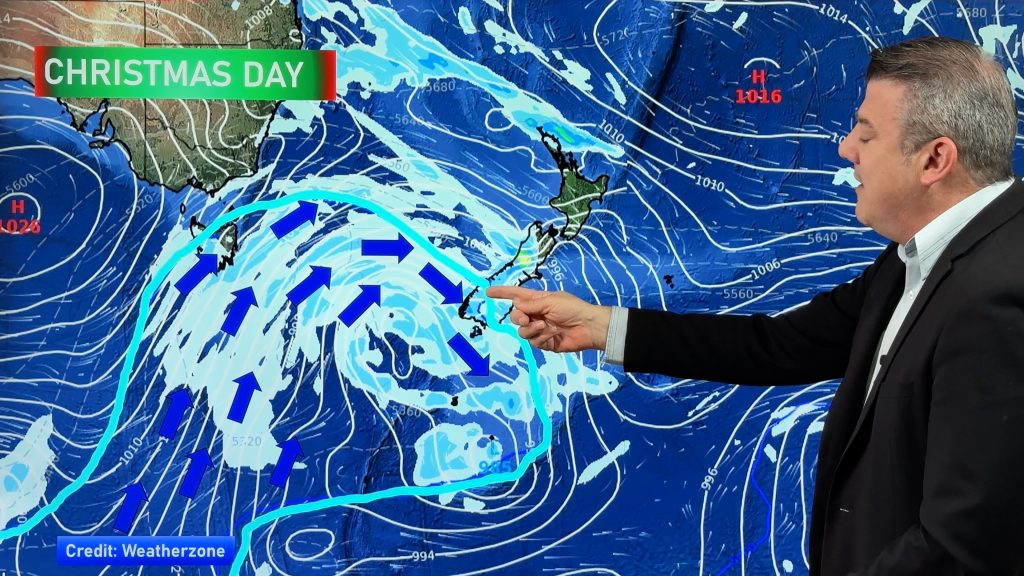Bob McDavitt – Cook showing signs of being faster than Bola
10/04/2017 4:54am

> From the WeatherWatch archives
UPDATED 4:54pm — Iconic New Zealand meteorologist Bob McDavitt says while Cook has some similarities to Bola, especially as it was forming, the latest data is suggesting it won’t linger like Bola did – and that is better news for those in the North Island.
McDavitt says in an update to his blog today that he’s amended his thoughts on Cook. The storm has just made landfall in New Caledonia, a bit ahead of schedule.
“Cyclone Cook has not looped around Vanuatu like Bola and now is heading for New Caledonia, a place BOLA did not visit”.
“…it seems to me now that Tropical Cyclone Cook is moving faster and differently than Tropical Cyclone Bola did”
Mr McDavitt says in light of the faster movement and direction it doesn’t compare well with Bola after all.
“As a Tropical cyclone with an eye-wall comes south, usually it will encounter increasing westerly winds aloft, often a jetstream. These winds blow the upper parts of the eye-wall downstream and “blow the top off“ the feature, ending its tropical status and hastening its weakening.
TC Cook is expected to encounter that Jetstream on Wednesday— that’s also when it departs the tropics and may lose its eye-wall and its tropical status”.
Mr McDavitt says just one more factor for possible comparison between COOK and BOLA may present itself:
“When Tropical Cyclone Bola left the tropics and stalled north of NZ, it was between two jetstreams, and in a region of converging moisture. These combined to form a two-cell vertical circulation, maximising upward motion and thus rainfall. Bola lingered for three days with this heavy rainmaker within it.
“It is interesting to see that the jetstreams on early Friday local time briefly offer a similar setup to the remains of TC COOK” says McDavitt.
To see the jetstreams go to www.stormsurfing.com/cgi/display_alt.cgi?a=glob_250
HOWEVER, it seems that TC COOK is moving steadily south now and not likely to linger, so even if it does carry within it a two-cell vertical circulation / heavy rain maker, this feature is unlikely to stay over any one place too long.
“Fingers crossed”.
McDavitt adds: Today, 10 April, is the 49th anniversary of the sinking of WAHINE in 1968.
The LOW involved in that event started out as Cyclone GISELLE . It had left the tropics and was weakening as it approached New Zealand, but then encountered a cold front /cold air. The Jetstream above it brought about a new period of deepening— Taking air away from the top of the feature faster than it can be replaced and thus lowering the central pressure in the low. This sort of double-life for a low doesn’t occur often.

– 6am Rain map for Good Friday shows the low very near East Cape – possibly making a direct hit – but wind isn’t the major concern, it’s torrential flooding rains. Ex-cyclone Cook may even make landfall around East Cape in the early hours of Friday morning (or brushing closely to the east – either way it’s certainly one to monitor very closely).
– WeatherWatch.co.nz with Bob McDavitt’s weekly ‘Weathergram’
Comments
Before you add a new comment, take note this story was published on 10 Apr 2017.




Add new comment